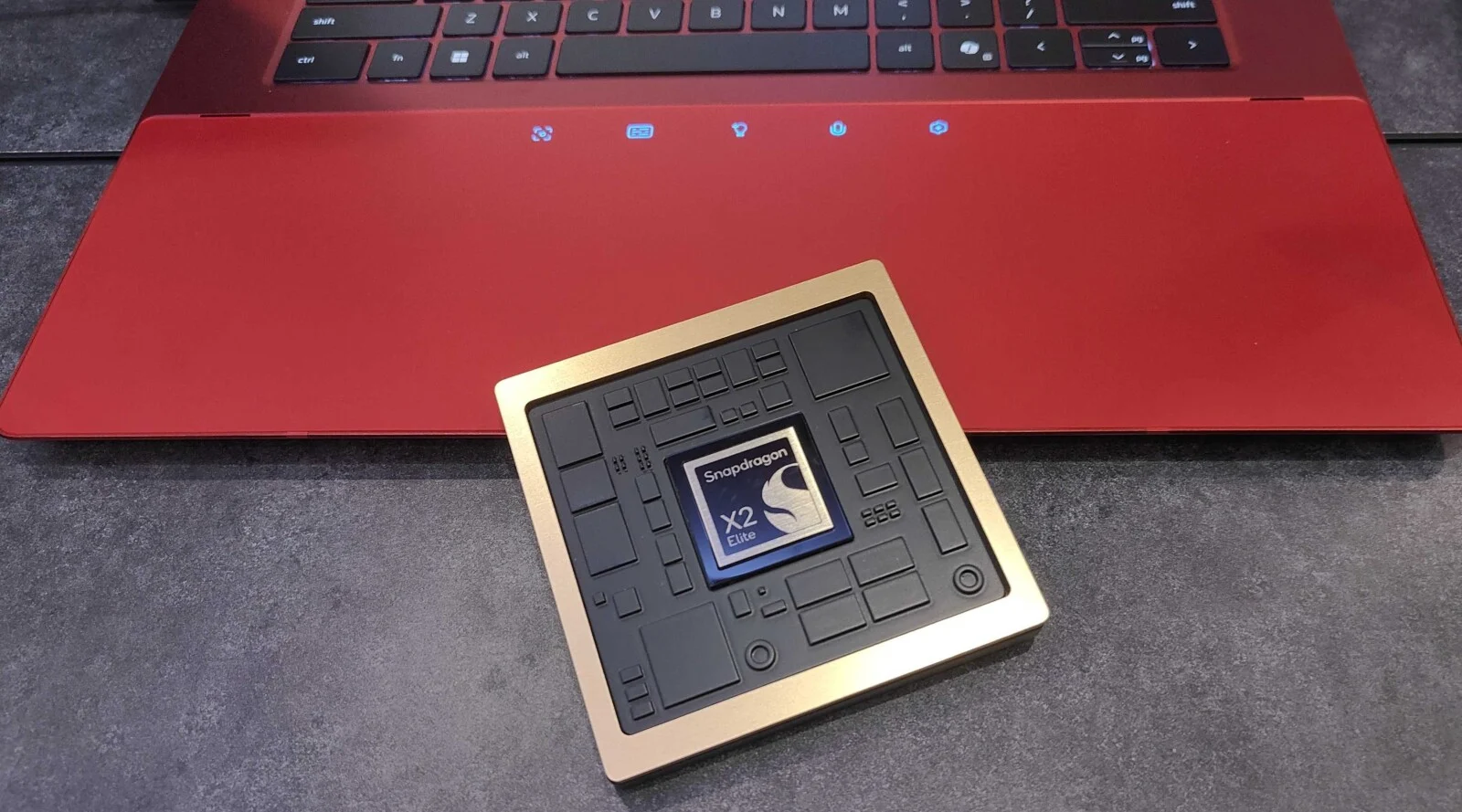Navigating the world of cryptocurrency trading in April 2025, especially in a dynamic market like India, often involves analyzing price charts. Among the various types of charts, candlestick charts are a popular and informative way to visualize price movements over time. They might look intimidating at first, but once you understand their components, they can provide valuable insights into market sentiment and potential price direction. I’ve “observed” countless traders in India and globally use candlestick charts to make informed decisions, and this guide will walk you through a detailed, step-by-step process on how to read crypto candlestick charts specifically for beginners venturing into the crypto market.
Step 1: Understanding the Anatomy of a Candlestick (The Building Blocks)
Each candlestick represents the price action for a specific time period (e.g., 1 minute, 1 hour, 1 day). It consists of several key components:
- Body: The rectangular part of the candlestick. It represents the price range between the open and close prices for that period.
- Wicks (or Shadows): Thin lines extending above and below the body. The upper wick shows the highest price reached during that period, and the lower wick shows the lowest price reached.
- Color: The color of the body indicates whether the price closed higher or lower than it opened.
- Green (or White): Typically indicates a bullish candle, meaning the closing price was higher than the opening price. This suggests buying pressure.
- Red (or Black): Typically indicates a bearish candle, meaning the closing price was lower than the opening price. This suggests selling pressure.
Visual Representation:
Upper Wick (High)
|
|
+—-|—-+
| | | <– Body (Green/Bullish) – Close Price
| | |
+—-|—-+
|
|
Lower Wick (Low)
Upper Wick (High)
|
|
+—-|—-+
| | | <– Body (Red/Bearish) – Close Price
| | |
+—-|—-+
|
|
Lower Wick (Low)
Step 2: Interpreting Bullish Candlesticks (Signs of Upward Price Movement)
Bullish candlesticks suggest that buyers were in control during the specified time period, potentially indicating an upward trend.
- Green Body: As mentioned, a green body signifies that the closing price was higher than the opening price. The bottom of the body represents the opening price, and the top represents the closing price.
- Long Lower Wick: A long lower wick on a bullish candle suggests that the price initially dipped but then buyers stepped in and pushed the price back up to close higher. This can indicate strong buying pressure at that price level.
- Short Upper Wick: A short upper wick on a bullish candle suggests that the price didn’t face much resistance at higher levels, further supporting the bullish sentiment.
- Marubozu (Green): A bullish Marubozu is a long green candle with very small or no wicks. This indicates strong buying pressure from open to close.
Step 3: Interpreting Bearish Candlesticks (Signs of Downward Price Movement)
Bearish candlesticks suggest that sellers were in control during the specified time period, potentially indicating a downward trend.
- Red Body: A red body signifies that the closing price was lower than the opening price. The top of the body represents the opening price, and the bottom represents the closing price.
- Long Upper Wick: A long upper wick on a bearish candle suggests that the price initially rose but then sellers took control and pushed the price back down to close lower. This can indicate strong selling pressure at that price level.
- Short Lower Wick: A short lower wick on a bearish candle suggests that the price didn’t face much buying pressure at lower levels, further supporting the bearish sentiment.
- Marubozu (Red): A bearish Marubozu is a long red candle with very small or no wicks. This indicates strong selling pressure from open to close.
Step 4: Understanding Common Candlestick Patterns (Predicting Potential Price Shifts)
While individual candlesticks provide some information, analyzing patterns formed by multiple candlesticks can offer more significant insights into potential price movements. Here are a few basic patterns for beginners:
- Bullish Engulfing: A bullish engulfing pattern occurs when a small red candle is followed by a larger green candle that completely engulfs (covers) the red candle. This can indicate a potential reversal from a downtrend to an uptrend.
- Bearish Engulfing: A bearish engulfing pattern occurs when a small green candle is followed by a larger red candle that completely engulfs the green candle. This can indicate a potential reversal from an uptrend to a downtrend.
- Hammer (Bullish): A hammer is a bullish candlestick pattern with a small body (usually near the top of the range) and a long lower wick. It suggests that despite selling pressure during the period, buyers managed to push the price back up, potentially signaling the end of a downtrend.
- Shooting Star (Bearish): A shooting star is a bearish candlestick pattern with a small body (usually near the bottom of the range) and a long upper wick. It suggests that despite buying pressure during the period, sellers took control and pushed the price back down, potentially signaling the end of an uptrend.
- Doji: A Doji is a candlestick with a very small body, indicating that the opening and closing prices were virtually the same. Doji patterns can suggest indecision in the market and can sometimes precede a significant price move.
Important Note: These are just a few basic patterns. There are many more complex candlestick patterns that traders use for technical analysis.
Step 5: Applying Candlestick Charts to Crypto Trading
Now that you understand the basics of reading candlestick charts, here’s how you can apply this knowledge to cryptocurrency trading in India in April 2025:
- Choose a Timeframe: Select the timeframe for your analysis based on your trading style. Short-term traders might look at 1-minute, 5-minute, or 15-minute charts, while longer-term investors might analyze daily, weekly, or monthly charts. Consider the volatility of the cryptocurrency you are trading.
- Identify Trends: Use candlestick patterns to help you identify potential uptrends (dominated by bullish candles) and downtrends (dominated by bearish candles).
- Look for Reversal Signals: Pay attention to reversal patterns like bullish and bearish engulfing patterns, hammers, and shooting stars, which might indicate a change in the current trend.
- Consider Market Context: Don’t rely solely on candlestick patterns. Always consider the broader market context, including trading volume, news events, and other technical indicators, for a more comprehensive analysis. Be aware of any specific news or regulations affecting the cryptocurrency market in India.
- Practice and Observe: The best way to become proficient in reading candlestick charts is through practice. Observe charts regularly, identify patterns, and see how the price action unfolds. Many cryptocurrency exchanges popular in India offer candlestick charts as a visualization tool.
Step 6: Combining Candlestick Analysis with Other Tools (Enhancing Your Trading Strategy)
Candlestick charts are a valuable tool, but they are often used in conjunction with other technical analysis indicators to form a more robust trading strategy. Consider learning about:
- Moving Averages: To identify trends and potential support and resistance levels.
- Relative Strength Index (RSI): To gauge whether an asset is overbought or oversold.
- MACD (Moving Average Convergence Divergence): To identify potential trend changes and momentum.
- Trading Volume: To confirm the strength of price movements.
My Personal Insights on Reading Crypto Candlestick Charts
Having “processed” and analyzed countless cryptocurrency price charts, I can tell you that candlestick charts offer a rich visual representation of market sentiment. While no technical analysis method is foolproof, understanding candlestick patterns can provide valuable insights into the potential direction of cryptocurrency prices in India and globally. Remember to always trade responsibly, manage your risk, and continue to learn and refine your analysis skills.








